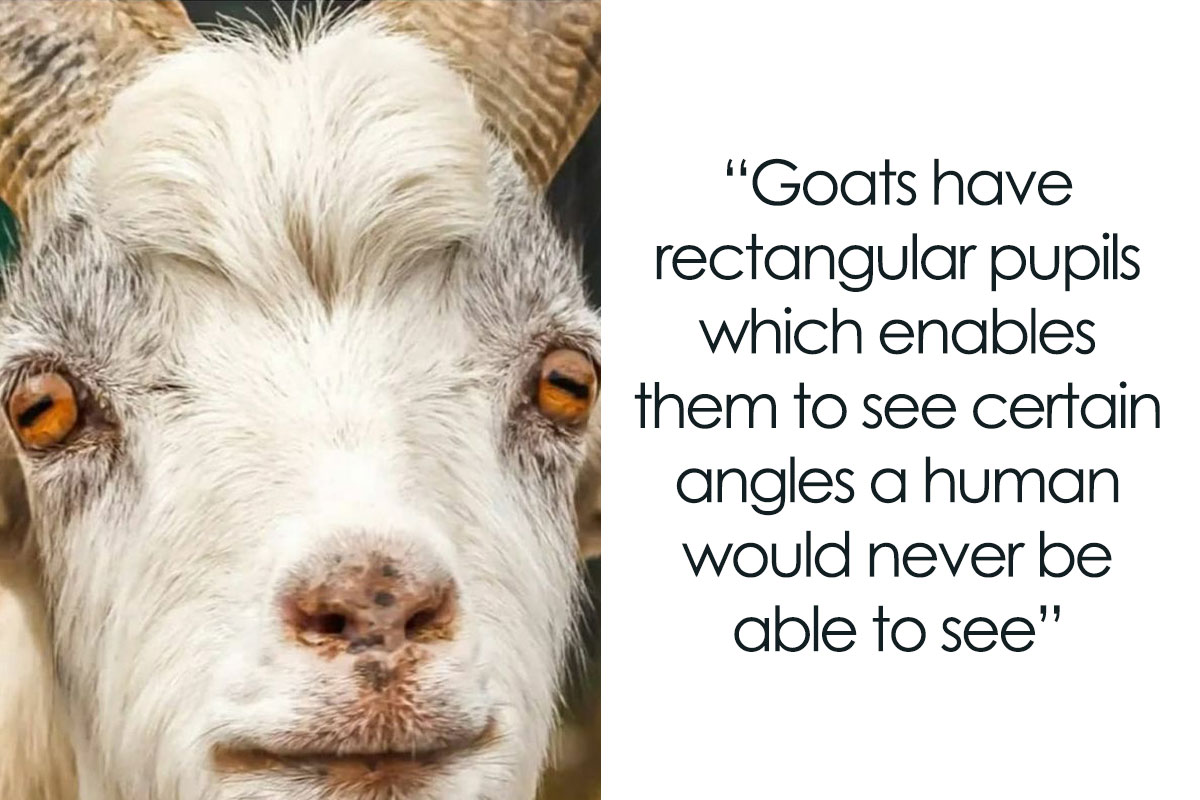Find Interesting Places On Google Earth Coordinates: Spots That Grab Your Attention
Detail Author:
- Name : Reid Ferry
- Username : tess64
- Email : bobbie16@gmail.com
- Birthdate : 1992-10-11
- Address : 38559 Stephania Mill Apt. 621 Davionville, NM 00935-9296
- Phone : 1-432-717-3207
- Company : Marvin-Feil
- Job : Clinical Laboratory Technician
- Bio : Autem id officiis placeat alias minima. Officiis molestiae et ut eum. Qui libero amet autem magni aut ut magni.
Socials
facebook:
- url : https://facebook.com/johnstonn
- username : johnstonn
- bio : Eaque reiciendis et rerum exercitationem nemo incidunt.
- followers : 2182
- following : 225
tiktok:
- url : https://tiktok.com/@johnstonn
- username : johnstonn
- bio : Beatae ad temporibus quibusdam inventore ratione eligendi amet.
- followers : 871
- following : 1672
Have you ever felt that little tug of curiosity, that sense of wanting to see something new, perhaps something quite unusual, without even leaving your home? Google Earth, it's almost like a magic window, offering a truly unique way to explore our big, wide world. It lets you peer down from above, revealing sights that might just hold your attention for quite a while. You can, for instance, find places that are very exciting, or perhaps just a little bit mysterious, all from your computer screen.
This tool, you know, makes it simple to visit faraway lands, to see things that are special, or to spot creations that really show human ingenuity. It's a way to satisfy that urge to discover, to find what's interesting for you, personally. You might find yourself spending hours just looking at different spots, because, well, it's rather fascinating to see our planet from such a high vantage point, wouldn't you say?
We're going to look at some truly captivating spots, places that are certainly unique and will likely arouse your curiosity. These are locations that have, in a way, captured the attention of many people around the globe. We'll share their exact Google Earth coordinates, so you can easily find them and experience that sense of wonder for yourself. It's about finding those unique qualities that make a place stand out, offering a bit of novelty to your day.
Table of Contents
- Natural Wonders That Hold Your Attention
- Human-Made Marvels Worth Seeing
- Mysterious and Unusual Spots to Explore
- Tips for Your Google Earth Exploration
- Frequently Asked Questions About Google Earth Exploration
Natural Wonders That Hold Your Attention
Our planet, it's full of incredible natural formations that are truly interesting. These are places that often show the sheer power and beauty of Earth's processes. You can, for example, see ancient impacts or vast, stretching landscapes that just seem to go on forever. It's quite something to witness these from above, as a matter of fact.
The Eye of the Sahara (Richat Structure)
This place, it's a huge circular feature in the Sahara Desert, located in Mauritania. It looks, in a way, like a giant eye staring up from the sand. Scientists, they've studied it for a long time, and it's thought to be a deeply eroded dome. Its size and shape are rather striking, making it a very interesting geological sight. It truly holds your attention, perhaps because of its perfect circular form. The coordinates are: 21°07′06″N 11°22′10″W.
Grand Canyon, USA
The Grand Canyon, it's a massive, steep-sided canyon carved by the Colorado River in Arizona. It's one of the most famous natural wonders, and seeing it from Google Earth, you get a real sense of its scale. The layers of rock, they tell a story of millions of years of Earth's history. It's a very exciting place to see, even from a distance, because of its sheer size and depth. The coordinates are: 36°06′06″N 112°06′06″W.
Mount Everest, Nepal/China
Mount Everest, you know, is the world's highest peak. Seeing it on Google Earth, you can appreciate its immense height and the rugged terrain surrounding it. It's a place that really arouses curiosity for many, because of the challenges it presents to climbers. It’s quite a sight, actually, to see the snow-capped peak standing so tall among the mountains. The coordinates are: 27°59′17″N 86°55′31″E.
Great Blue Hole, Belize
This is a huge marine sinkhole off the coast of Belize. It's almost perfectly circular and very deep, appearing as a dark blue circle in the lighter turquoise waters. It's a rather fascinating natural feature, drawing divers from all over the world. From above, it looks like a giant, dark eye in the ocean, a very unusual sight. The coordinates are: 17°18′55″N 87°32′04″W.
Salar de Uyuni, Bolivia
This is the world's largest salt flat, located in Bolivia. It's an incredibly vast, flat expanse of white, and after rain, it becomes a giant mirror, reflecting the sky. It's a truly unique place, offering a very special visual experience. The sheer scale of it, you know, is something that truly captures the attention. The coordinates are: 20°12′00″S 67°30′00″W.
Human-Made Marvels Worth Seeing
People, they've created some truly amazing things throughout history. These structures often show incredible skill and vision. You can, for instance, see ancient buildings that have stood for thousands of years, or modern cities that seem to defy gravity. It's quite interesting to see how humans have shaped the land, isn't it?
The Great Pyramids of Giza, Egypt
These ancient structures, they're some of the most famous landmarks on Earth. Seeing them from Google Earth, you can get a good sense of their arrangement and how they stand against the desert landscape. Their sheer age and the mystery surrounding their construction make them very exciting to look at. They certainly hold your attention, because of their historical significance and massive size. The coordinates are: 29°58′34″N 31°08′03″E.
The Great Wall of China, China
This is an incredible series of fortifications, built over centuries. It stretches for thousands of miles, winding across mountains and valleys. From Google Earth, you can follow its path, seeing how it snakes across the landscape. It's a rather fascinating example of human effort and determination. Its unique qualities make it a very special sight. The coordinates are: 40°40′25″N 117°13′49″E (for a well-preserved section near Jinshanling).
Palm Jumeirah, Dubai, UAE
This artificial archipelago, it's shaped like a palm tree. It's a very modern example of human engineering and creativity. Seeing it from above, you can really appreciate the detailed design and the scale of the project. It's quite an unusual sight, showing how people can reshape coastlines. This place, it's definitely something that captures your attention. The coordinates are: 25°06′56″N 55°08′06″E.
Machu Picchu, Peru
This ancient Inca citadel, it's set high in the Andes Mountains. It's a place of great historical and cultural importance. From Google Earth, you can see how the terraces and buildings are integrated into the natural landscape. It's a very exciting place to imagine visiting, and its remote setting adds to its allure. It certainly arouses curiosity about the people who built it. The coordinates are: 13°09′48″S 72°32′44″W.
The Colosseum, Rome, Italy
This ancient amphitheater, it's a symbol of Roman engineering and history. From above, you can see its oval shape and the intricate structure of its ruins. It's a very interesting place, reminding us of past civilizations and their grand constructions. Its sheer presence, even in ruins, truly holds your attention. The coordinates are: 41°53′24″N 12°29′32″E.
Mysterious and Unusual Spots to Explore
Sometimes, Google Earth reveals things that are a bit strange, or perhaps just very unusual. These are the spots that make you wonder, that spark your imagination. You might find patterns that seem out of place, or objects that raise questions. It's, you know, part of the fun of exploring.
The "Badlands Guardian," Canada
This is a geomorphological feature that looks like a human head wearing a full headdress, seen in Alberta, Canada. It's formed by erosion of soft clay-rich soil by rain and wind. It's a very unusual natural formation, seemingly created by chance. It certainly captures your attention because of its striking resemblance to a face. The coordinates are: 50°00′38.2″N 110°06′48.3″W.
Shipwreck, SS J.H. Darbie, USA
You can find the remains of the SS J.H. Darbie, a shipwreck, in the waters off the coast of Florida. It's a very interesting sight to see a ship resting on the seabed, visible from above. It tells a story of the sea and perhaps a bit of drama. It's quite fascinating, actually, to see such a clear outline of a ship under the water. The coordinates are: 25°45′25.0″N 80°10′29.0″W.
Giant Pink Bunny, Italy
Yes, there's a giant pink bunny, made of knitted material, lying on a hillside in Italy. It's an art installation, and it's rather unusual to see something so whimsical from a satellite view. It's a very unique creation, certainly a bit of novelty in the landscape. This spot, it's pretty much guaranteed to make you smile. The coordinates are: 44°14′36″N 7°46′11″E.
Desert Breath, Egypt
This is a massive land art installation in the Egyptian desert, near the Red Sea. It consists of 89 cones that form two spirals, one with positive cones and one with negative ones. It's a very creative piece of art, designed to gradually erode. It's quite special to see such a large-scale artistic endeavor from above. It truly holds your attention with its geometric precision. The coordinates are: 27°22′50″N 33°37′54″E.
The Nazca Lines, Peru
These are ancient geoglyphs, huge designs etched into the desert floor by the Nazca culture. They depict animals, plants, and geometric shapes. They are so large that you can only truly appreciate them from a high vantage point. They are very exciting to look at, and they arouse much curiosity about their purpose. The coordinates are: 14°41′18″S 75°08′18″W (for the Hummingbird).
Tips for Your Google Earth Exploration
Finding these interesting places on Google Earth coordinates is just the beginning. There are ways to make your exploration even better. You can, for instance, learn how to move around more smoothly or how to save your favorite spots. It's all about making the experience more enjoyable for you.
How to Use Coordinates
Using coordinates in Google Earth is pretty straightforward. When you open Google Earth, you'll usually find a search bar. You just type in the latitude and longitude numbers, like the ones we've provided, and press enter. The program will then take you right to that spot. It's a very simple way to get exactly where you want to go. You can also, you know, switch between decimal degrees and degrees, minutes, seconds, depending on what you prefer.
Exploring with Google Earth Pro
Google Earth Pro, it's a free desktop application that offers more features than the web version. It allows for higher resolution printing, access to historical imagery, and even tools for measuring distances and areas. If you're serious about your digital exploration, it's worth checking out. It can, in a way, give you a much richer viewing experience. You can learn more about Google Earth Pro on our site.
Looking for New Discoveries
The world, it's always changing, and Google Earth updates its imagery regularly. This means there are always new things to find, new places that might become interesting. You can, for instance, look for recent construction, or changes in natural landscapes. It's a bit like a continuous treasure hunt. Keep an eye out for news about new imagery updates, too, as a matter of fact.
Sharing Your Finds
If you find something truly special, something that really captures your attention, you can share it! Google Earth allows you to save placemarks and even create tours. This way, you can show your friends and family the unique qualities of the spots you've found. It's a good way to share the novelty of your discoveries, you know.
Frequently Asked Questions About Google Earth Exploration
People often have questions about how to make the most of Google Earth. We've gathered some common ones to help you out. It's pretty much about making your experience smoother and more fun.
What are some of the most unusual places to see on Google Earth?
Well, there are many truly unusual places. Beyond the ones we mentioned, like the Giant Pink Bunny or the Badlands Guardian, you can find strange crop circles, unusual building shapes, or even oddly placed objects in remote areas. It's really about what sparks your curiosity. Some people find the vastness of certain deserts or ice fields to be very unusual, too. You can, for instance, just zoom in on random spots and see what appears.
How do I find specific coordinates on Google Earth?
To find specific coordinates, you just type them into the search bar within Google Earth. Make sure to use the correct format, usually decimal degrees (e.g., 34.0522, -118.2437) or degrees, minutes, seconds (e.g., 34°03′08″N 118°14′37″W). The program is quite good at understanding different formats. If you have trouble, you can try switching the order of latitude and longitude, as a matter of fact.
Is Google Earth still updated with new imagery?
Yes, Google Earth is indeed updated regularly with new satellite and aerial imagery. The frequency of updates can vary by location, with more populated or rapidly changing areas often getting more frequent updates. This means there's always a chance to see something new or to see how a place has changed over time. You can, for instance, use the historical imagery feature in Google Earth Pro to see past views of a location. This is a very interesting feature for many people.
So, why not start your own digital adventure today? Grab those coordinates, open Google Earth, and see what truly holds your attention. There's a whole world out there, waiting to be explored from your screen. You might find something that's very exciting for you, something that really captures your attention. Learn more about Google Earth on their official site, and link to this page here for more digital tools.


